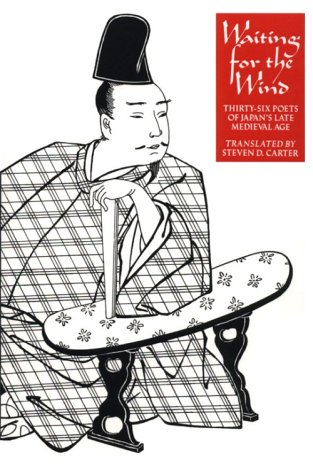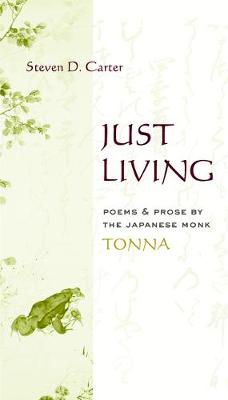Translations from the Asian Classics
3 total works
The only collection in English of these works, Waiting for the Wind presents over four hundred poems by thirty-six poets of Japan's late medieval age (1250 --- 1500). The poems are all in the uta form (the thirty-one syllable lyric) that was the major genre of court poetry throughout the classical period in Japan. Waiting for the Wind introduces this much neglected, yet very significant period through works of poets beginning with the courtier Fujiwara No Teika, continuing through the Monk Tonna, and ending with Shotetsu. Most of the works are presented in English for the first time. In his historical introduction Steven Carter describes the period, especially the celebrated literary dispute lasting 250 years between the families of two sons of a court poet, which began over an inheritance and had a lasting impact upon the poetry of the period. Each poet in the collection is introduced by a short biographical sketch that places him or her in historical context and offers a short critical evaluation.
While the rise of the charmingly simple, brilliantly evocative haiku is often associated with the seventeenth-century Japanese poet Matsuo Basho, the form had already flourished for more than four hundred years before Basho even began to write. These early poems, known as hokku, are identical to haiku in syllable count and structure but function differently as a genre. Whereas each haiku is its own constellation of image and meaning, a hokku opens a series of linked, collaborative stanzas in a sequence called renga. Under the mastery of Basho, hokku first gained its modern independence. His talents contributed to the evolution of the style into the haiku beloved by so many poets around the world--Richard Wright, Jack Kerouac, and Billy Collins being notable devotees. Haiku Before Haiku presents 320 hokku composed between the thirteenth and early eighteenth centuries, from the poems of the courtier Nijo Yoshimoto to those of the genre's first "professional" master, Sogi, and his disciples. It features 20 masterpieces by Basho himself. Steven D. Carter introduces the history of haiku and its aesthetics, classifying these poems according to style and context.
His rich commentary and notes on composition and setting illuminate each work, and he provides brief biographies of the poets, the original Japanese text in romanized form, and earlier, classical poems to which some of the hokku allude.
His rich commentary and notes on composition and setting illuminate each work, and he provides brief biographies of the poets, the original Japanese text in romanized form, and earlier, classical poems to which some of the hokku allude.


